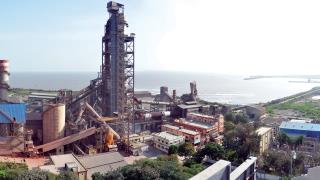Chile is modernising its infrastructure base, building new office and retail space and constructing homes in the wake of the 2010 earthquake and tsunami. Cement producers will expect a rise in demand as the country rebuilds and last year the industry saw a pick-up in cement sales.
The republic of Chile has a landmass area of 756,096km2. Its long, narrow coastal strip is sandwiched between the Andes mountain range and the Pacific Ocean with the borders of Peru to the north, Bolivia in the northeast and Argentina to the east.
There are 15 regions in the country, which has 17m inhabitants, and the most populous are in the centre: Santiago (Metropolitan Region), followed by Bío-Bío (Region VIII) and Valparaíso (Region V).
Chile’s recent political and economic agenda has been somewhat set by the earthquake and tsunami of 27 February 2010, which devastated so much of the country’s infrastructure and housing. The 8.8 magnitude earthquake killed more than 500 people and caused estimated losses of some US$1.2bn. Therefore, government’s main aim has been to get the country back on track.
President Sebastian Piñera recently emphasised that the government has always approached the reconstruction as “a national project, which unites rather than divides the Chilean people.” The aim has been “to involve every person in Chile in the reconstruction effort and to work on rebuilding, secure in the knowledge that each and every home in our country will benefit from the reconstruction. This is why the reconstruction is not just a task for the government but for every person in Chile.”
